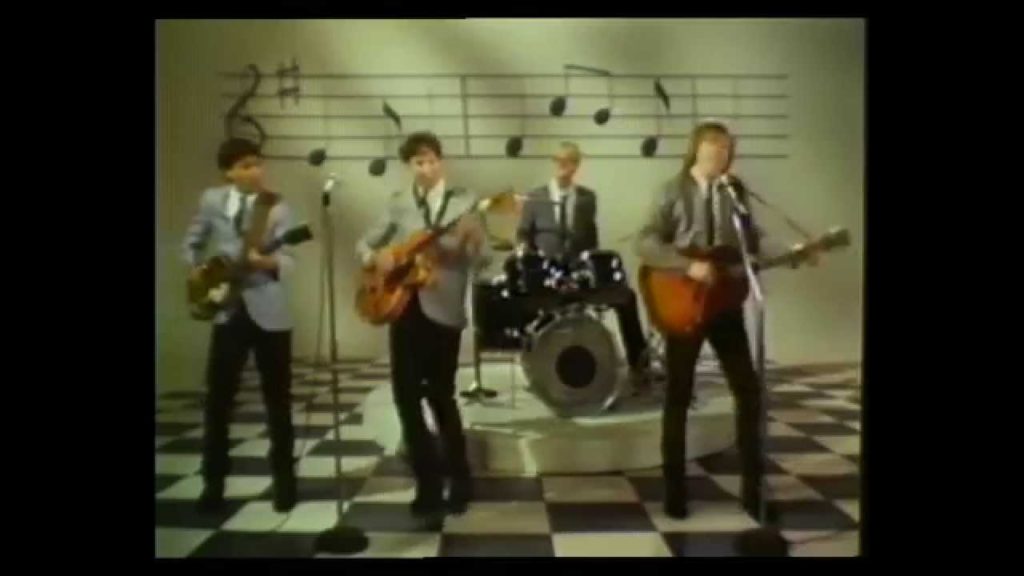Public assistance works

The cash payments contained in the stimulus packages passed by Congress were a huge success:
Julesa Webb resumed an old habit: serving her children three meals a day. Corrine Young paid the water bill and stopped bathing at her neighbor’s apartment. Chenetta Ray cried, thanked Jesus and rushed to spend the money on a medical test to treat her cancer.
In offering most Americans two more rounds of stimulus checks in the past six months, totaling $2,000 a person, the federal government effectively conducted a huge experiment in safety net policy. Supporters said a quick, broad outpouring of cash would ease the economic hardships caused by the coronavirus pandemic. Skeptics called the policy wasteful and expensive.
The aid followed an earlier round of stimulus checks, sent a year ago, and the results are being scrutinized for lessons on how to help the needy in less extraordinary times.
A new analysis of Census Bureau surveys argues that the two latest rounds of aid significantly improved Americans’ ability to buy food and pay household bills and reduced anxiety and depression, with the largest benefits going to the poorest households and those with children. The analysis offers the fullest look at hardship reduction under the stimulus aid.
Direct cash assistance is popular and effective, which is one reason Republicans realize their existing ideological commitments (i.e. upward wealth distribution) are not consistent with democratic elections.


